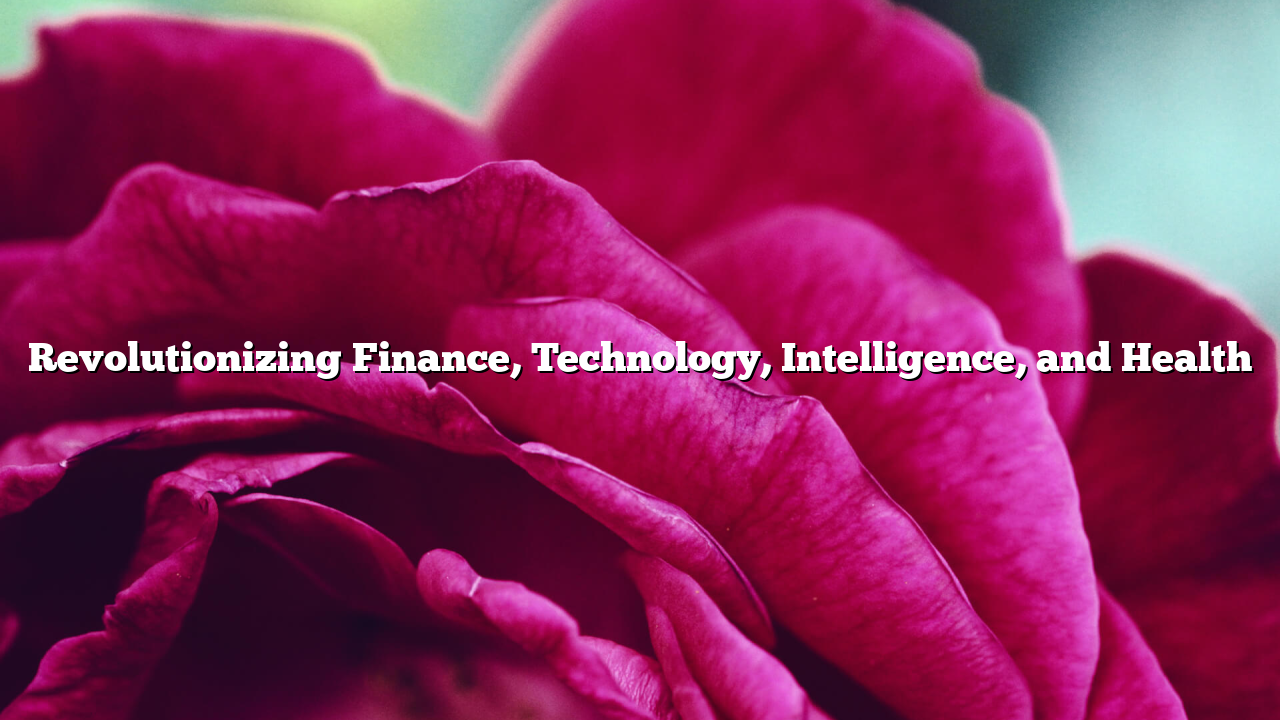With modern advancements transforming lives, the integration of finance, technology, artificial intelligence, and health is paving the way for a smarter, healthier future.
Finance in the Digital Age
Financial technology is undergoing a massive shift thanks to tech integration. With the rise of blockchain, financial operations are now faster, safer, and more transparent.
Traditional financial institutions are struggling to adapt to incorporate fintech, such as:
Digital wallets
Automated trading platforms
Cryptocurrency exchanges
AI-based credit scoring
Consumers now expect instant access to their money, real-time analytics, and personalized investment advice.
Technology’s Role in Global Change
Every industry today is tech-dependent. From the cloud to AI models, innovation is at an all-time high.
Some major tech trends include
AI-driven solutions
Internet of Things (IoT)
Distributed ledger systems
Quantum Computing
5G Networks
These technologies are integrating with other fields, boosting productivity, and supporting real-time action.
Intelligence: The AI Revolution
AI is not just a buzzword. It enables automation, predictive analytics, and intelligent decision-making.
AI is widely adopted in:
Medical diagnostics
Finance
Education
Smart inventory management
Threat detection systems
AI is also changing employment structures, where repetitive work is minimized. AI language understanding allows machines to understand human language, creating more fluid interactions.
The Future of Healthcare Innovation
Health services are now powered by technology. Including remote monitoring tools to predictive healthcare analytics, the impact is profound.
Major developments in health-tech:
Telemedicine
Wearable devices
AI-based diagnostic tools
Genomics and personalized medicine
Robotics in surgery
People are better informed with AI-generated health suggestions. Doctors use smart tools to diagnose quicker.
Where It All Comes Together
What happens when these four pillars integrate? samosir88 of hyper-connectivity emerges.
For example:
Health insurers using AI to predict patient risks
Health-based security in finance
Cross-sector analytics
Technological devices measuring spending habits and health stats
This convergence leads to:
Enhanced analytics
Cost efficiency
User-focused services
Higher security
Potential and Pitfalls
Despite the advantages, this fusion brings challenges:
Data breaches
Bias in machine learning
Digital inequality
Job displacement fears
To overcome these:
Transparent data policies
Responsible tech development
Universal access initiatives
Ongoing education and reskilling
Conclusion
Transformation is unstoppable, and the intersection of finance, technology, intelligence, and health is at the heart of it. By embracing innovation, we can create a healthier future.
As we move forward, the need for collaboration across these domains is vital. Innovation must be inclusive to ensure that everyone benefits.
